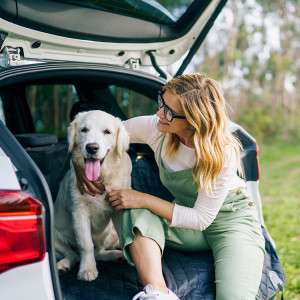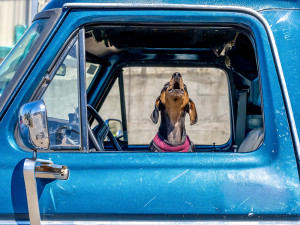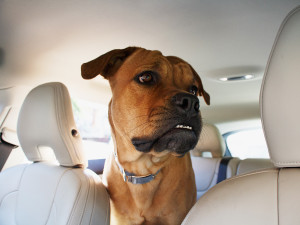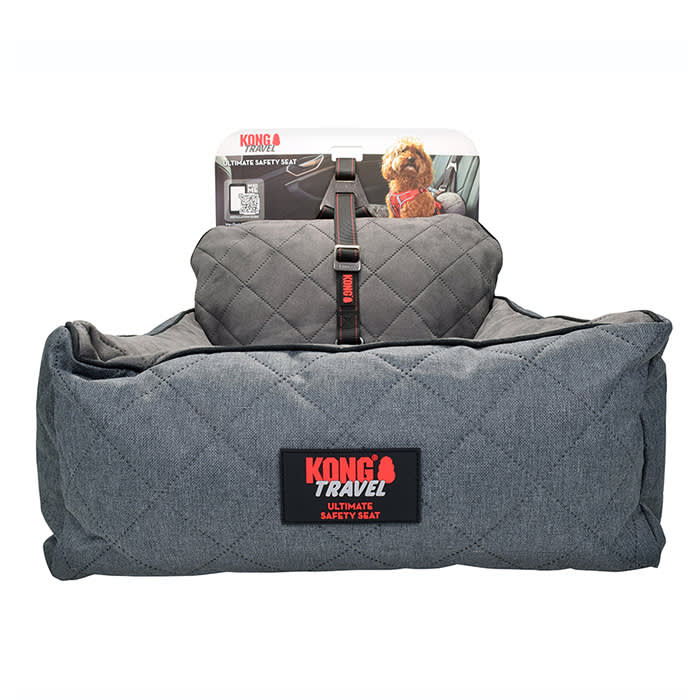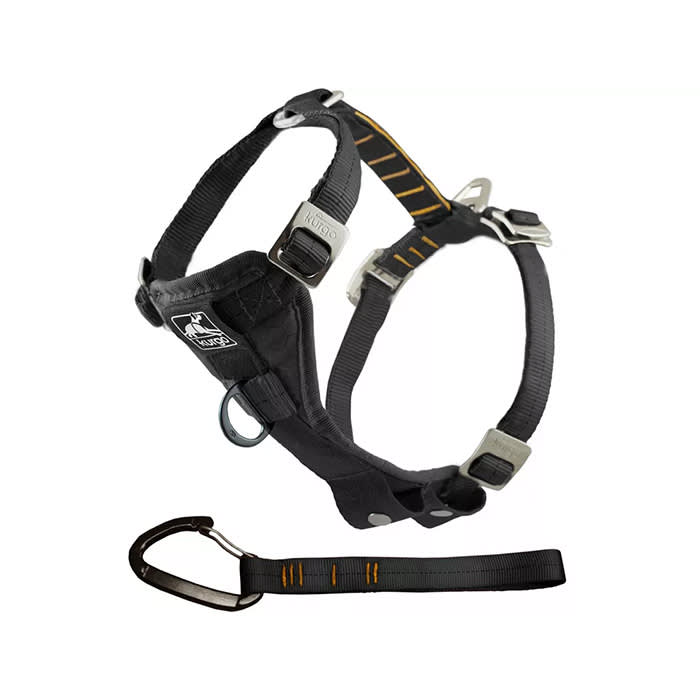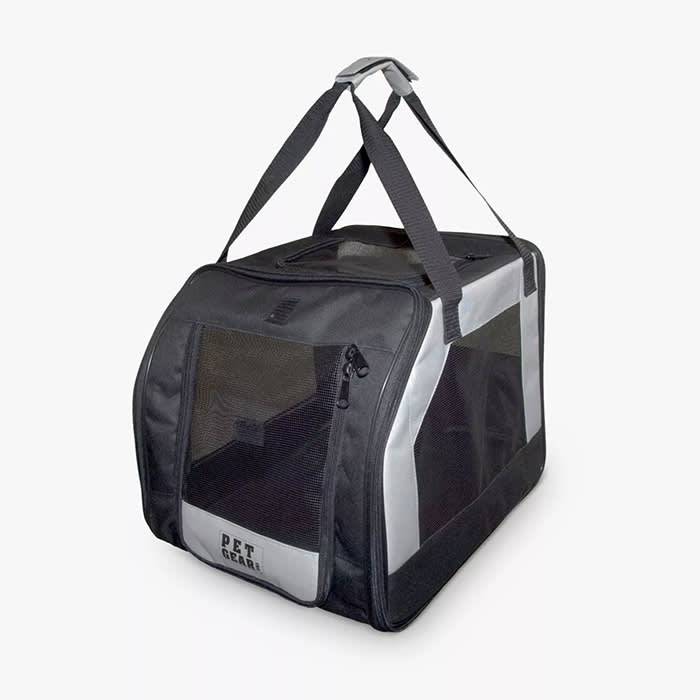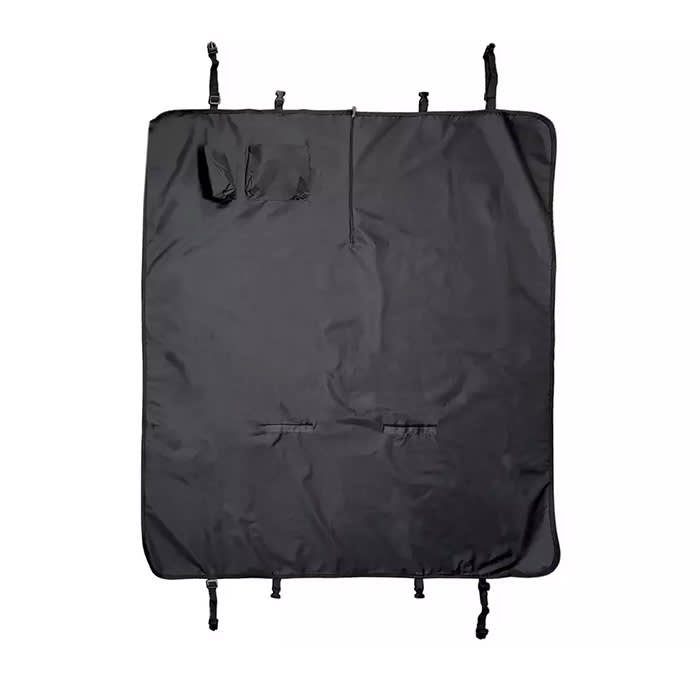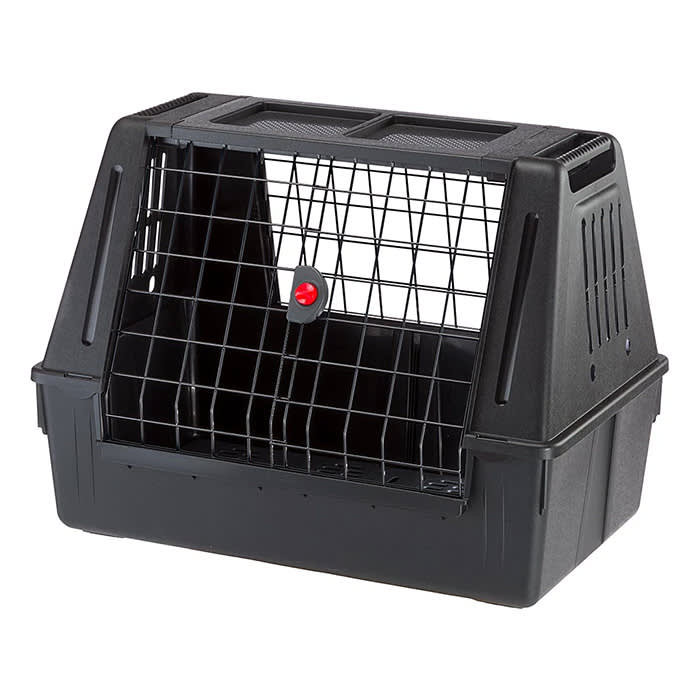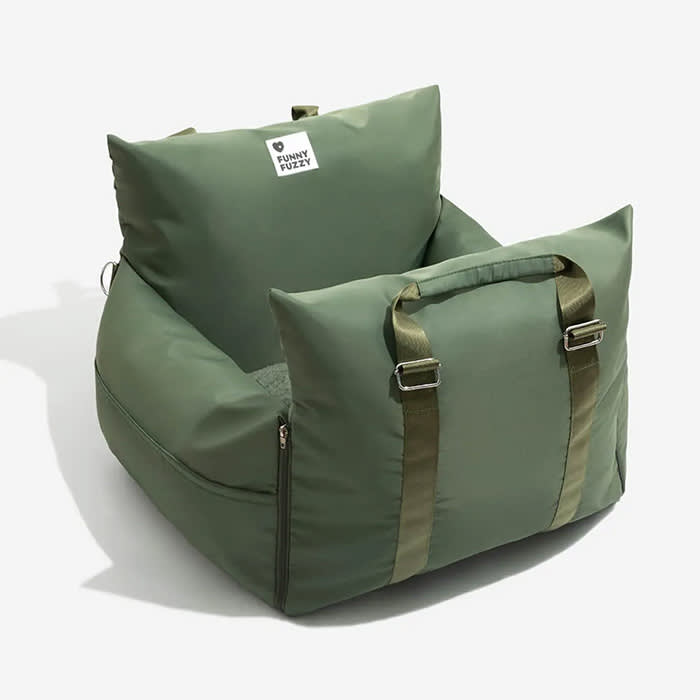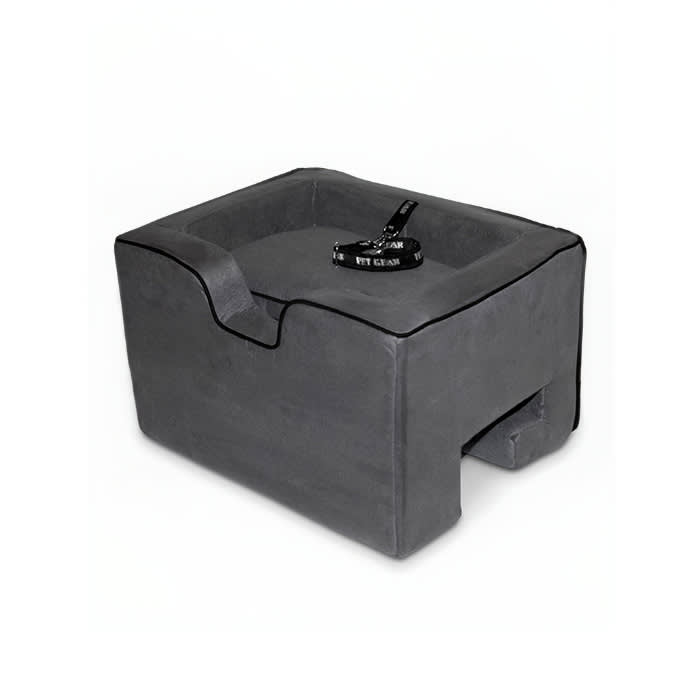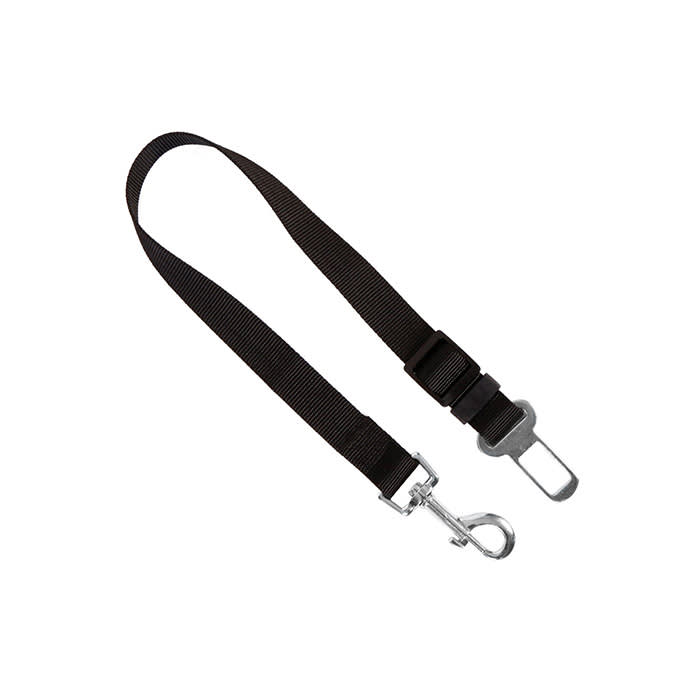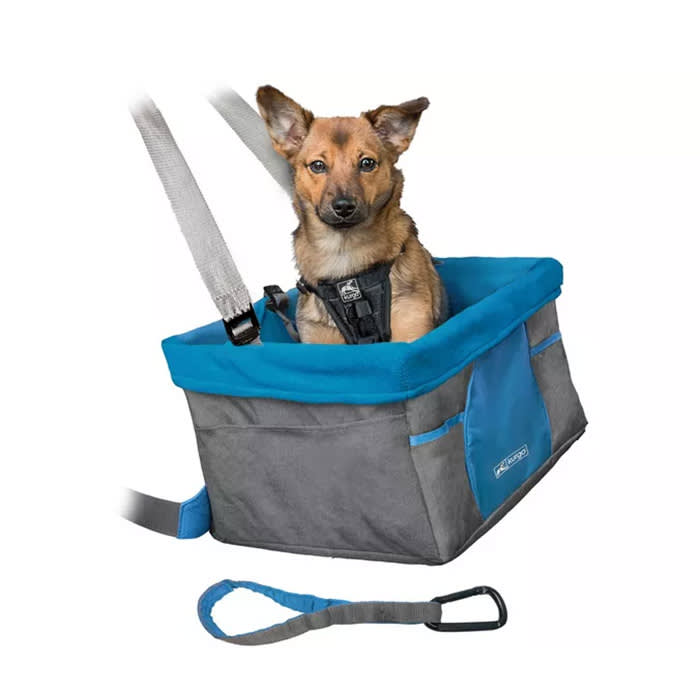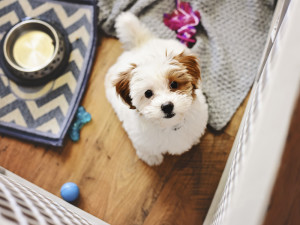How to Keep Your Dog Safe In a Car According to Experts (and the Law)
Including how to stop them jumping out the window whilst you’re driving...
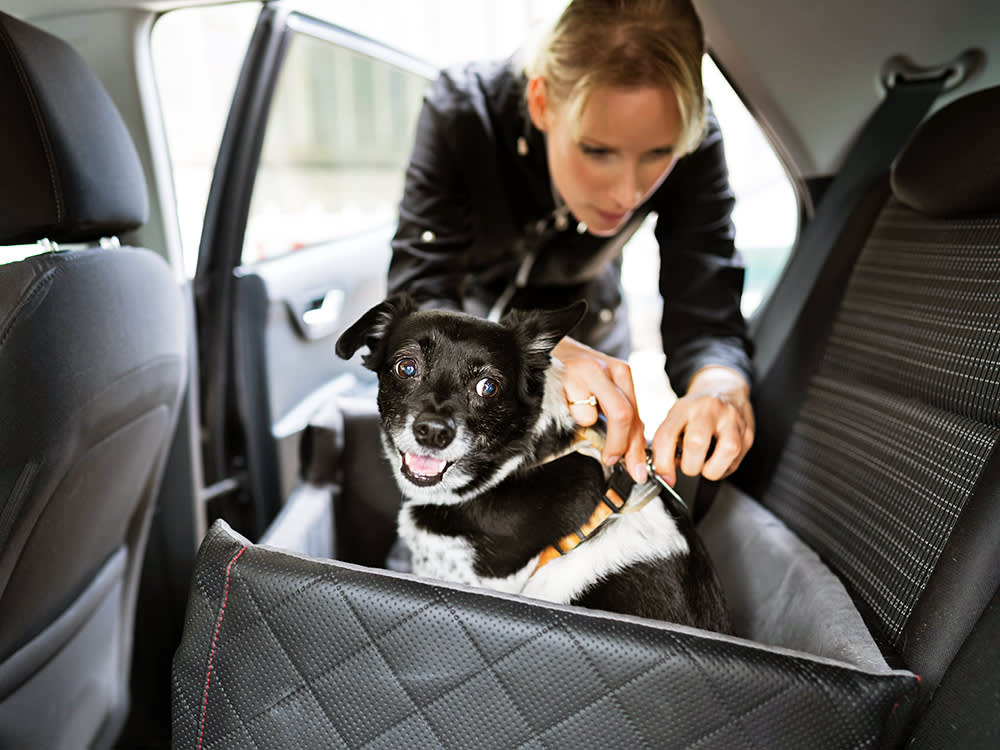
Share Article
Travelling with your dog can be one of life’s simple pleasures, whether it’s a quick trip from A to B or a leisurely drive through the countryside. However, ensuring your pet’s safety whilst on the road is not just a matter of keeping your four-legged passenger princess comfortable but also a legal requirement.
According to the UK Highway Code, proper restraint of pets in vehicles is not just recommended but mandated. Here’s how to keep your dog secure and comfortable on your next car journey, along with a selection of the best travel products to keep your pup safe in the car.
What does the Highway Code say about pets in cars?
The Highway Code’s Rule 57opens in new tab states pets must be “suitably restrained” when travelling in a car, so unfortunately they can’t take the wheel whilst you chow down on a meal deal on the motorway.
The goal is to prevent your pet from becoming a projectile in the event of a collision, and to avoid distractions that could lead to accidents if they’re able to freely use your car like a jungle gym.
“When in a vehicle make sure dogs or other animals are suitably restrained so they cannot distract you while you are driving or injure you, or themselves, if you stop quickly,” it says. “A seat belt harness, pet carrier, dog cage or dog guard are ways of restraining animals in cars.”
Unrestrained pets can lead to an on-the-spot fine of £1,000, or if a police officer deems that you have been ‘driving without due care and attention’ this can lead to a fine of up to £5,000 for pet parents, which also comes with 3–9 penalty points on your licence, if taken to court.
If your unrestrained pet is deemed to have caused or contributed to an accident, it’s important to note it could invalidate your car insuranceopens in new tab, as well as any pet insurance. It could also be used as evidence against you in court if you were to be involved in an accident.
More critically, in the event of a collision, an unrestrained pet can cause significant harm to themselves and other passengers (two and four legged), so for the sake of a few extra seconds securing them in the backseat, you could save yourself a lot of anxiety (and money on fines).
How to keep your dog secure in the car
Choose the right restraint system
Seat belt harness: a seat belt harness is a popular choice for many dog parents. It allows them some movement while keeping them securely tethered to the car’s original seat belt system. When selecting a harness, ensure it fits your dog properly to prevent escape or injury.
Pet carrier: for smaller dogs, a pet carrier can be a safe and effective option. It should be placed on the floor behind the front passenger seat or secured on the back seat with a seat belt (never on the front seat, where they’re at risk of being hurt by the airbags). The carrier must be well-ventilated and spacious enough for your dog to turn around and lie down comfortably.
Dog crate: larger dogs may benefit from a dog crate, which can be placed in the boot or on the back seat. The crate should be securely anchored to prevent movement during your journey. It’s important to choose a car crate that is the right size for your dog, allowing them to sit, stand and lie down.
Boot guard: a boot guard (sometimes called a dog guard or divider) separates the boot from the main cabin of the car, creating a secure area for your dog. This is particularly useful for estate cars or SUVs. While it prevents the dog from interfering with the driver, it is less effective in preventing injury in a high-impact crash compared to a harness or cage. (Some pet parents choose to secure their dog in the boot as well as using a dog guard).
Back seat hammocks: these cover the back seat (from muddy paws) and act as a barrier to prevent dogs from falling into the footwell. Whilst not a restraint by themselves, when used with a harness, they can add an extra layer of security for peace of mind.
Choose the right spot
Your dog should always travel in the back seat or in the boot (in a dog crate or behind a dog guard) to not only avoid a case of mistaken identityopens in new tab in a speed camera snap, but also for their own safety, as the airbags in the front of cars could end up causing them more damage than the collision itself in the event of an accident.
Acclimatise your dog to the car
Make sure your dog is comfortable with car travel before embarking on longer journeys. Start with them just sniffing the car, building up to sitting in the car before making short trips to familiar places with a positive association (yay park!), gradually increasing the duration of the journey. Provide plenty of positive reinforcement with treats and praise to create a pleasant association with the car.
Plan your journey
Regular breaks are essential on longer trips, providing your dog with opportunities to relieve themselves, stretch their legs and have a drink of water. It goes without saying, but never leave your dog alone in a parked car, especially on warm days, as temperatures can rise dangerously high within minutes.
Recommended products for safe car travel with dogs
To assist in making journeys with your dog safe and enjoyable, here are some top-rated car safety products.

Orla Pentelow
Orla Pentelow is Kinship UK’s Senior Editor. She has previously written for British Vogue, Bustle, Yahoo and The Telegraph. When not at her desk liking dog videos she’s out and about with her rescue pup, Luna, who works primarily as chief distractor.
Related articles
![A blonde woman wearing a longsleeved green jumper and sneakers sitting in the open trunk of a SUV car with her arm around her Golden Retriever dog sitting next to her]()
How to Make Your Dog’s Car-Crate Anxiety a Thing of the Past
Celebrity dog trainer Victoria Stilwell explains how to crate train a dog with an intense fear of being in the car
![Wiener dog barking out of window of blue truck]()
Why Do Dogs Bark in the Car?
What to do when your dog barks at everything from other cars to people
![Boxer dog sits in back of car with head in the front]()
How Do I Stop My Dog From Crying In the Car?
Is there anything more annoying than a dog who won’t stop whining? Here’s what to do about it
![A cute puppy looking up at the camera]()
When it Comes to Dog Crates, Think Outside The Literal Box
Dog behaviourist Tiffany Lovell on how to treat and prevent confinement anxiety

